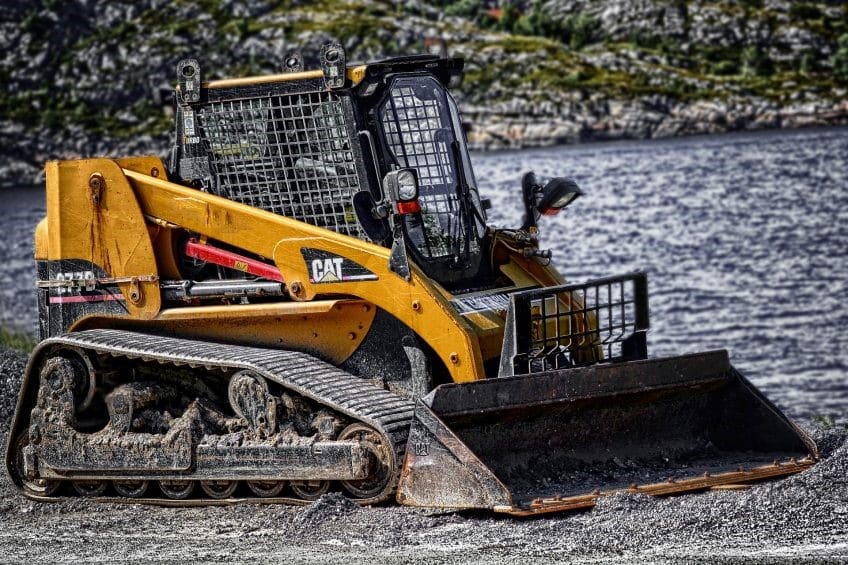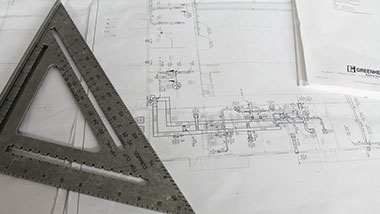Authenticating Google Maps Images In Florida
Personal InjuryIn the case of City of Miami v. Kho, Case Number 3D18-2369 (Fla. 3d DCA October 16, 2019), Florida’s Third DCA held that a slip and fall plaintiff did not lay a proper foundation to admit a photograph from Google Maps.
Basic Facts
Ms. Kho slipped and fell on a city owned sidewalk in 2010. She alleged that there was a 1/4″ difference in level between two sidewalk sections. She attempted to use an image from Google Maps to show this condition had existed since at least 2007.
Unfortunately, the plaintiff did not have a witness to testify that the Google Map image was a fair and accurate depiction of the condition in 2007 (“pictorial method” of authentication). The plaintiff also did not authenticate the Google Map image through the so-called “silent witness” method.
Cases That You Need To Know To Admit Google Maps Images
The primary case to know is Dolan v. State, 743 So. 2d 544, 545 (Fla. 4th DCA 1999) (There are two methods of authenticating photographic evidence.)(see also Hannewacker v. City of Jacksonville Beach, 419 So. 2d 308 (Fla. 1982)).
The first is the “pictorial testimony” method, which requires a witness with personal knowledge to testify that the image fairly and accurately depicts a scene. The second is the “silent witness” method, under which the photograph “may be admitted upon proof of the reliability of the process which produced the tape or photo.”
To establish authenticity under the “silent witness” method, the following factors are to be considered:
- (1) evidence establishing the time and date of the photographic evidence;
- (2) any evidence of editing or tampering;
- (3) the operating condition and capability of the equipment producing the photographic evidence as it relates to the accuracy and reliability of the photographic product;
- (4) the procedure employed as it relates to the preparation, testing, operation, and security of the equipment used to produce the photographic product, including the security of the product itself; and
- (5) testimony identifying the relevant participants depicted in the photographic evidence.
Without a deposition from a Google employee, you won’t be able to establish authenticity under the “silent witness” method as stated by the Third DCA. Several states have relaxed the admissibility standards for Google images (New York, Illinois, Nevada, and some federal courts)(Georgia appears to allow judicial notice).
This is an area of law where there is a good faith argument for change in the law since the “silent witness” method was established by case law. If you are unable to find a witness to authenticate the image under the “pictorial method,” then your choice is to go through an interstate subpoena process to obtain a local subpoena from Santa Clara County California. Alternatively, you can get either a certificate or statement from Google through its legal department at the following email address:
You can also cite the US Ninth Circuit Court of Appeals (United States v. Lizarraga-Tirado, No. 13-10530 (9th Cir. June 18, 2015)). Other cases that are helpful are:
- McCormack v. Hiedeman, 694 F.3d 1004, 1008 n.1 (9th Cir. 2012) (taking judicial notice of Google Maps to determine the distance from an Idaho location to a Utah location)
- United States v. Proch, 637 F.3d 1262, 1266 n.1 (11th Cir. 2011) (taking judicial notice of a map)
US v. Proch may even be argued as persuasive authority in Florida courts.
Talk To A Lakeland, Florida Trial Attorney
Russo Law represents plaintiffs in Florida premises liability and car accident lawsuits. These are cases where you are likely to need an image from Google Maps in your case. We offer a free consultation to determine the merits of your case. Call us today to schedule your free consultation with a Lakeland car accident attorney.


